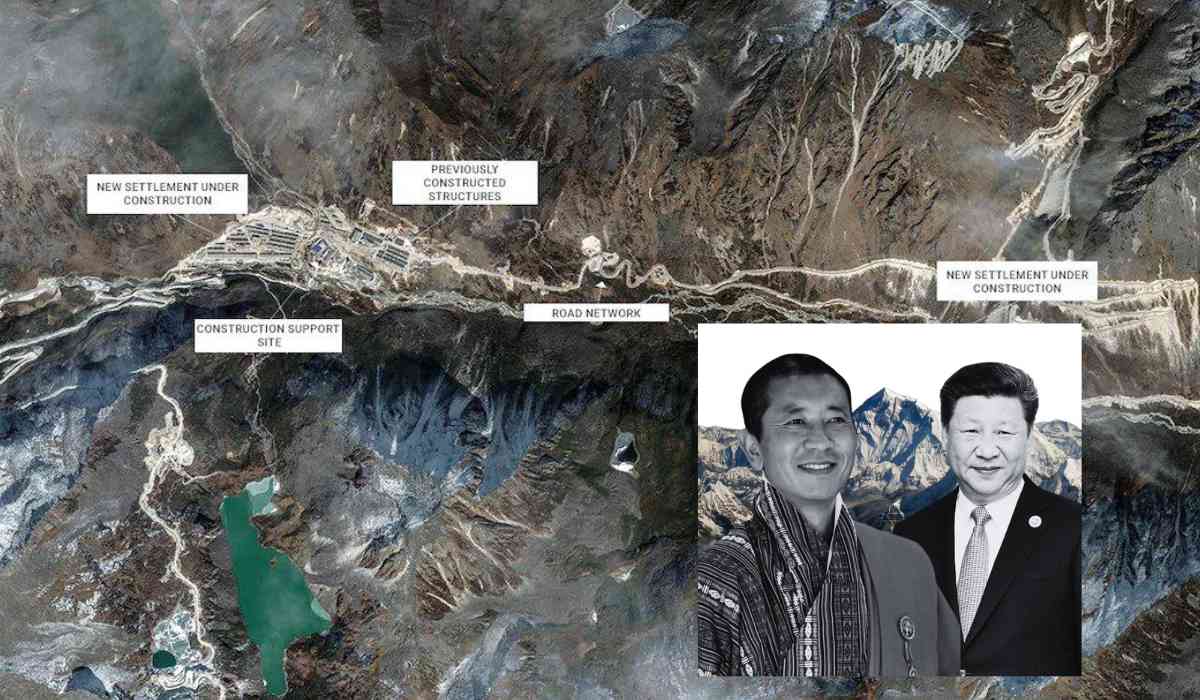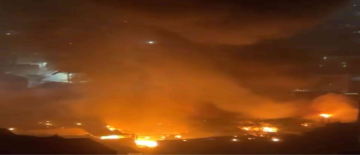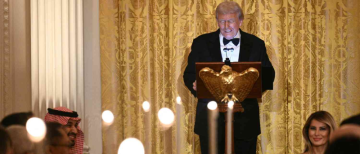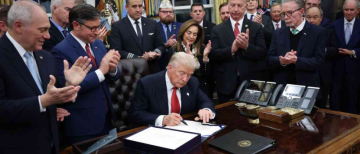Despite the ongoing border talks between Bhutan and China to officially delimit their boundary, Beijing is allegedly constructing unauthorised outposts in North Bhutan's Jakarlung Valley.
Recent satellite images from Maxar, as reported by NDTV, show China's significant growth in the physical presence within the Jakarlung Valley over a span of two years. Thimphu could feel compelled to acknowledge China's actions in the Jakarlung Valley, just 50 kilometres from Bhutan's Eastern border with Arunachal Pradesh.
Images captured on December 7 depict construction of at least 129 buildings, likely residential quarters in one settlement, and over 62 buildings in a nearby enclave, all absent in August 2021.
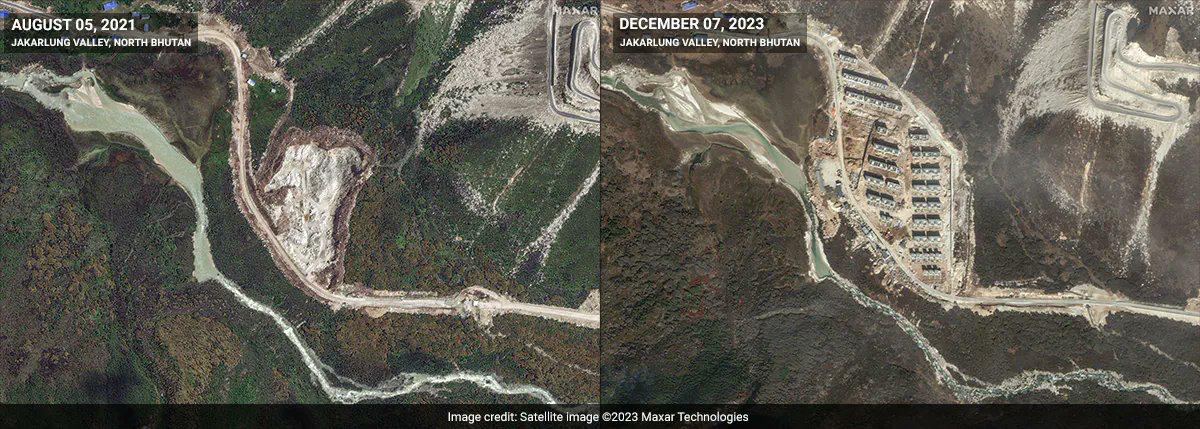
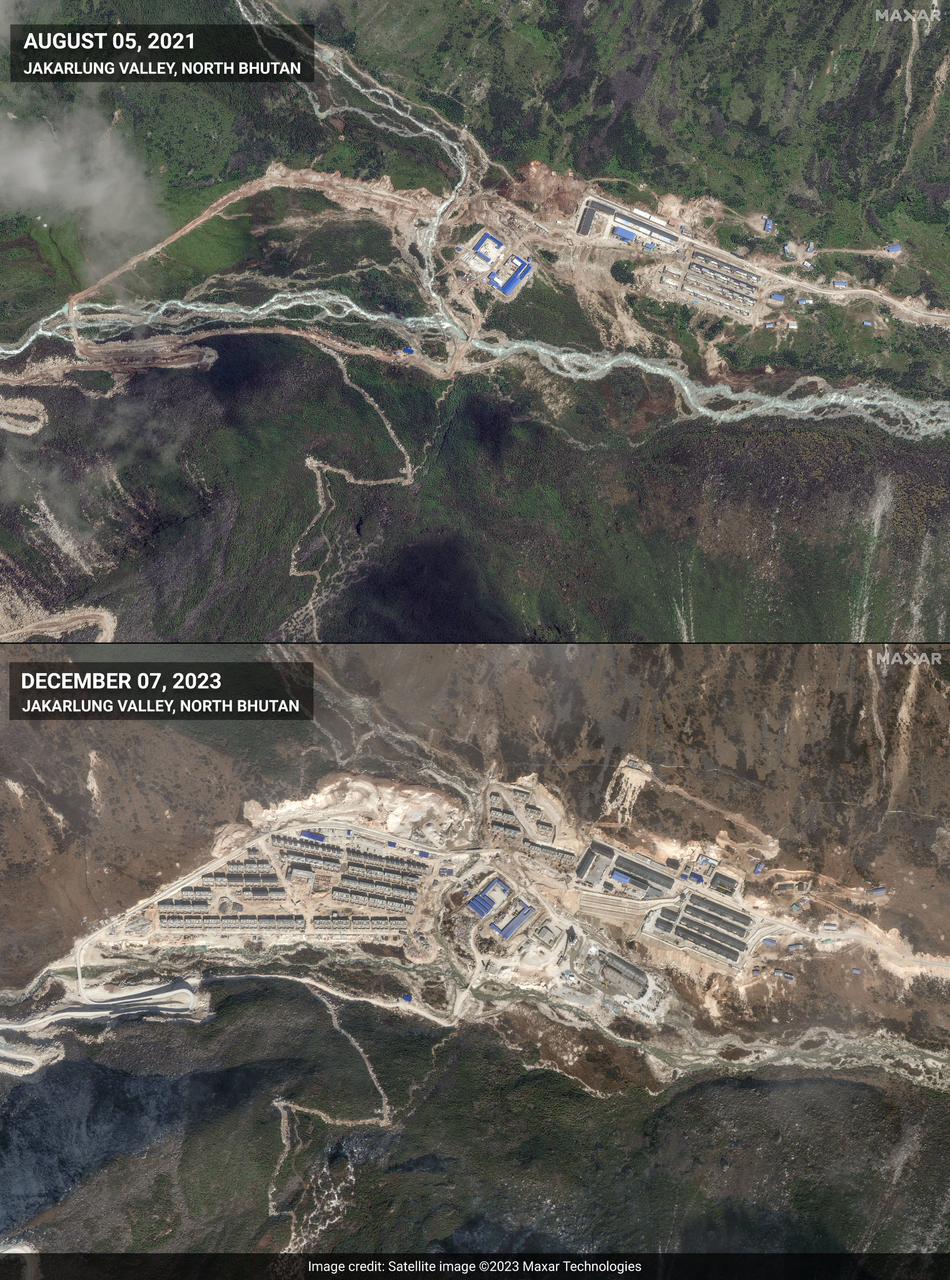
Photo: Maxar via X
Tibet expert Robert Barnett, based at the School of Oriental and African Studies, highlights two notable phases of Chinese construction in Jakarlung. Chinese authorities are actively encouraging the relocation of Tibetans to these newly developed areas, with substantial investments in significant construction projects, involving settling the claimed area with villages, military barracks, and outposts.
Barnett emphasized the recent and questionable nature of China's claim over an area culturally important to a less powerful neighbor, acknowledging the limited options for the neighbor's response.
Bhutan and China have engaged in 25 rounds of boundary talks, expressing mutual willingness to finalize negotiations and establish official diplomatic relations.
Former Bhutanese Prime Minister Lotay Tshering conveyed optimism in achieving a clear delineation between the two nations. Initiated in 1984, these talks focus on resolving disputes in three key areas: Jakarlung and Pasamlung in north Bhutan, and the Doklam region in west Bhutan.
The British think tank Chatham House reports China's territorial expansion in Bhutan, specifically in the Jakarlung Valley within the Beyul Khenpajong region.
In November, Newsweek disclosed that a joint technical team from Bhutan and China is poised to delimit disputed territories, incorporating on-the-ground exchanges.
Bhutan’s Foreign Minister Tandi Dorji's visit to Beijing in October was a significant milestone, with Prime Minister Lotay Tshering expressing hopes for a clear boundary establishment during the same month.
Tshering, in an interview with The Hindu, did not dismiss the possibility of a land exchange agreement between Beijing and Thimphu. Such an agreement could potentially involve swapping territories, such as Jakarlung, if China relinquishes its claim to the Doklam plateau further south.
Reflecting on the 2017 Doklam standoff, Prime Minister Tshering emphasized Bhutan's commitment to ensuring satisfactory outcomes for both India and China in the ongoing border discussions.
India’s concern
India expresses concern over a potential agreement between Thimphu and Beijing, with apprehensions involving exchanging Doklam, located near the India-Bhutan-China tri-junction, for disputed territories in the north.
India firmly sees Doklam as Bhutan's undisputed territory, while Beijing regards it as an extension of its Chumbi Valley, situated between Sikkim and Bhutan. Since the Doklam standoff, China has established at least three villages in the valley.
The strategic importance lies in Doklam's proximity to the crucial Siliguri Corridor, linking the Indian mainland to the Northeast. This corridor is vital for India's connectivity with Tibet, Nepal, Bhutan, and Bangladesh. New Delhi is uneasy about any China-Bhutan agreement due to its longstanding "special relationship" with Thimphu, where India guided Bhutan's foreign policy until as recently as 2007.
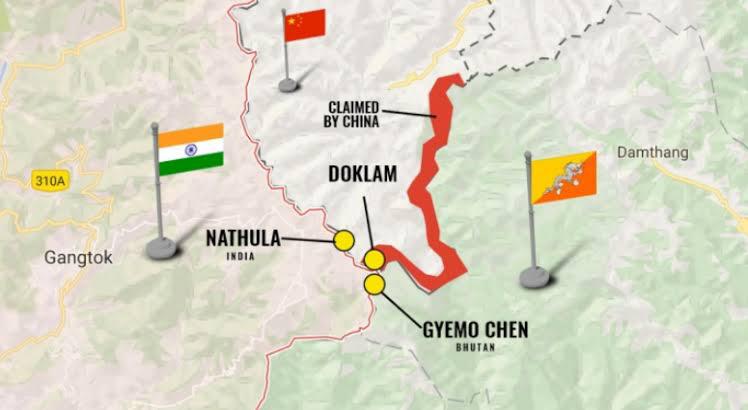
The Indian Army has consistently cautioned the government about China approaching a red line that should not be crossed. China's incremental strategy, often referred to as "salami-slicing" for territorial expansion, involves gradual advances, from transforming South China Sea shoals into military outposts to making multiple moves in Eastern Ladakh, as highlighted by India's first Chief of Defence Staff, General Bipin Rawat.
Tibetologist Claude Arpi highlights that the People's Liberation Army (PLA) made advances in five areas of Eastern Ladakh in May 2020, met with assertive responses from India. However, in the context of Bhutan, the Royal Bhutan Army lacks the capacity to counter the PLA or Border Defence Force, hindering their ability to prevent the establishment of new settlements.
Arpi suggests that Bhutan is gradually aligning with China strategically, and unless a new security agreement is signed between Delhi and Thimphu, India's options may be limited in managing these evolving dynamics.
In November, King Jigme Khesar Nangyel Wangchuk of Bhutan made an official visit to India. While the joint statement didn't outline ongoing border discussions, it indicated that both sides engaged in talks covering various aspects of bilateral cooperation, as well as regional and global issues of mutual interest.
©️ Copyright 2023. All Rights Reserved Powered by Vygr Media

